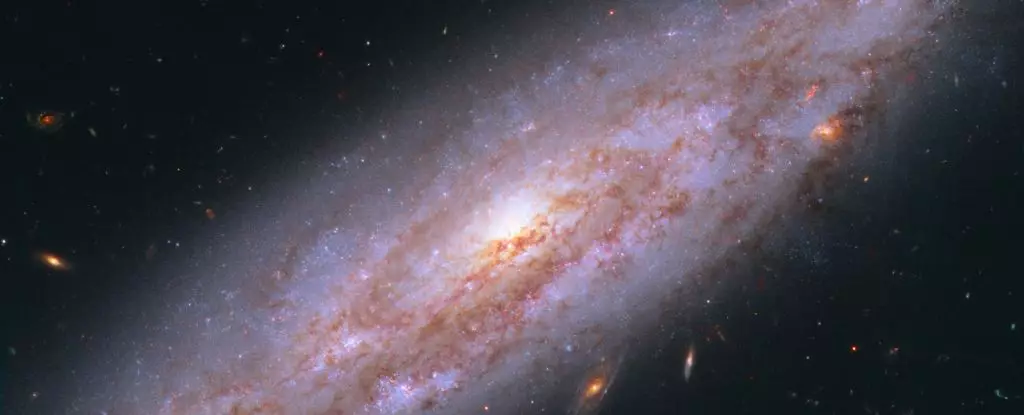

A recent breakthrough in astrophysics has shed light on the long-standing issue of the expansion speed of the Universe. The use of the James Webb Space Telescope has provided new measurements indicating that the local Universe is moving away from us at a rate of approximately 70 kilometers per second per megaparsec. This finding could potentially resolve the Hubble tension, which has puzzled scientists for decades.
The Universe’s expansion rate is measured by the Hubble constant, which can be calculated using different types of observables. Signals from the early Universe, such as the cosmic microwave background and baryon acoustic oscillations, provide measurements indicating an accelerating rate of expansion. On the other hand, signals from the nearby Universe, known as standard candles, offer a different perspective on the Hubble constant.
Astronomer Wendy Freedman and her team have been researching alternative methods for measuring the Hubble constant. By focusing on stars at the tip of the red giant branch, known as TRGB stars, Freedman has obtained measurements that align with previous findings. The use of the James Webb Space Telescope has allowed for further measurements on TRGB stars, Cepheid variable stars, and a new type of carbon-rich giant star that can serve as standard candles.
The recent measurements with the James Webb Space Telescope yielded values for the Hubble constant from different types of stars. TRGB stars provided a value of 69.85 kilometers per second per megaparsec, carbon stars resulted in 67.96, and Cepheid variables were slightly higher at 72.05. Despite the slight discrepancies, the measurements fall within acceptable error margins, indicating progress in resolving the Hubble tension.
While the new measurements offer hope for resolving the Hubble tension, more research and verification are needed to confirm the findings. The discrepancies between different types of observables suggest that there may be additional variables at play in determining the Hubble constant. Continued observations and measurements will be crucial in refining our understanding of the Universe’s expansion speed and potentially uncovering new insights into the laws of physics.
The recent measurements using the James Webb Space Telescope have provided valuable data for understanding the expansion speed of the Universe. By utilizing multiple methods of measurement and analyzing data from a variety of stars, astronomers are making significant progress toward resolving the Hubble tension. While challenges and uncertainties remain, the pursuit of knowledge in cosmology continues to push the boundaries of our understanding of the Universe.
Despite the term "rare," rare earth metals (REMs) are not nearly as scarce as their…
A collaboration led by Rutgers University-New Brunswick has initiated a paradigm shift in our understanding…
Natural gas leaks are a growing concern in both urban and rural settings, with potential…
Recent groundbreaking research at the University of Vienna has unveiled a novel interplay of forces…
In recent years, perovskites have garnered significant attention in the fields of materials science and…
For decades, astronomers have probed the depths of the Milky Way, grappling with two perplexing…
This website uses cookies.